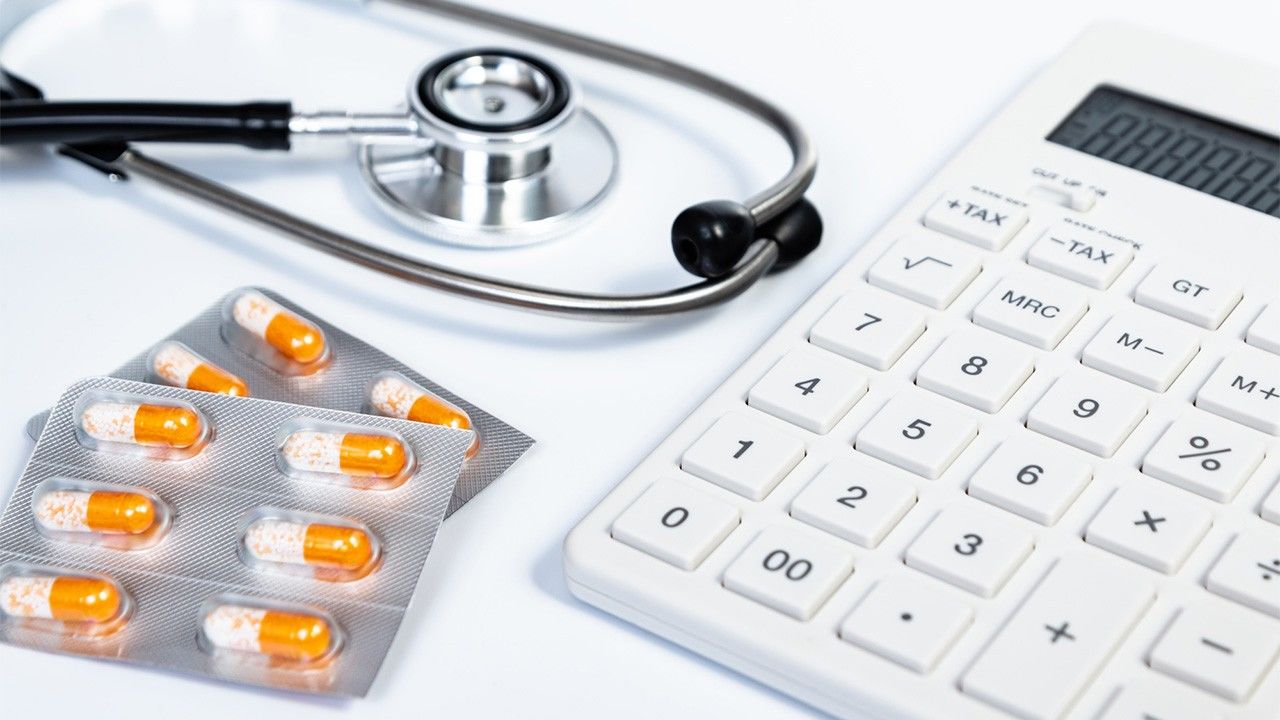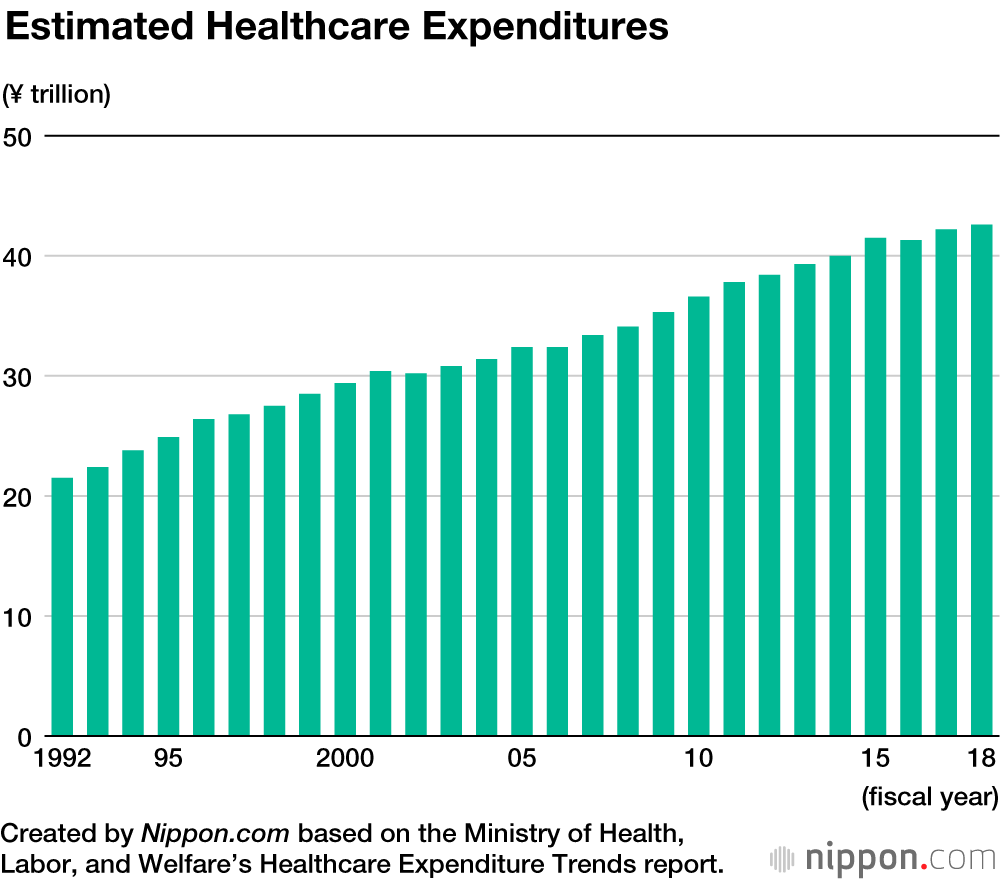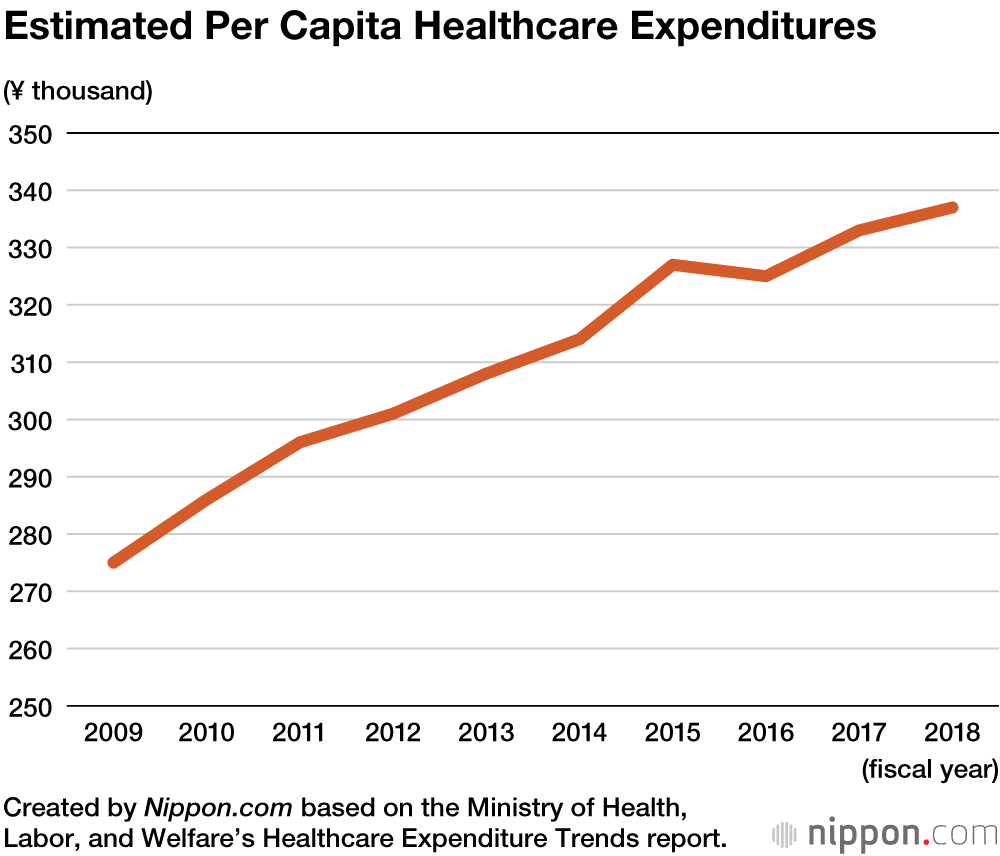
Growing Medical Woes: Japan’s Healthcare Expenditures Rise to Record ¥42.6 Trillion
Society- English
- 日本語
- 简体字
- 繁體字
- Français
- Español
- العربية
- Русский
There seems to be no end in sight to the rise in Japan’s healthcare expenditures. A Ministry of Health, Labor, and Welfare report showed outlays in 2018 increased by some ¥300 billion from the previous year, reaching an estimated ¥42.6 trillion. Although the growth rate has slowed from 2.3% in 2017 to 0.8% in 2018, spending hit a record high for the second consecutive year.
Per capita healthcare expenditure rose to ¥337,000, marking an increase of ¥4,000 compared to the previous year. Spending on people under 75 years old was ¥222,000, while for patients 75 and older it was more than four times higher at ¥939,000.
These preliminary figures represent 98% of officially confirmed healthcare expenditures, excluding healthcare outlays related to occupational injuries and cases where payments were fully borne by patients.
Japan has seen per capita healthcare expenditures increase by 7.3% over the last five years, a trend that experts expect will continue as the nation’s population ages and medical technology advances.
Drug costs, which account for just under 20% of total expenditures, fell by 3.1% in 2018. However, medical treatment fees rose 1.5% and dental costs increased by 1.9%, pushing overall healthcare expenditures up.
In 2017 national healthcare expenditures increased by 2.2% to ¥43.07 trillion and per capita expenditures rose by 2.4% to ¥339,900. The ratio of national healthcare expenditures to gross domestic product also increased slightly to 7.87%, while the national income ratio fell a tenth of a point to 10.66%.
(Translated from Japanese. Banner photo © Silver Bullet/Pixta.)

